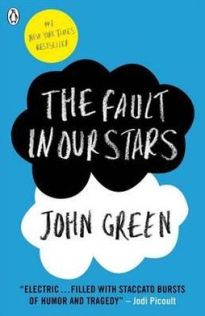Moving. For most people, the topic does not conjure up positive images.
I’m a planner, so I spent the better part of a year preparing for “the big move” from St. Louis to Chicago. I purged, planned, and prepared. I think this approach made the experience more organized but also more all-encompassing and exhausting.
I’m also a reader, so, when I’m working through a challenging patch, I sometimes go looking for a book. Au contraire, it is not a self-help book I seek, exactly, but a children’s literature selection that might fit the bill. This is how I happened upon Alexander, Who’s Not (Do You Hear Me? I Mean It!) Going to Move by Judith Viorst.
I had fond memories of a book with a similar title, Alexander and the Terrible, Horrible, No Good, Very Bad Day, in which — my readers may know — our protagonist repeats, throughout a series of mishaps and discomforts throughout the day, “I think I’ll move to Australia.” I invoke this as a silent mantra myself every now and then, which tells you just how much Viorst’s original 1972 Alexander book stuck with me. So, you can imagine my delight in finding …Not…Going to Move.
My new read did not disappoint. And what an interesting pair of books! Taken as a set, through the author’s gifts for humor, repetition, and cadence, we explore both the lure and dread of change. Thanks, Judith Viorst.




 I learned recently that a member of Meredith’s class and her mother were enjoying an audio book version of John Green’s
I learned recently that a member of Meredith’s class and her mother were enjoying an audio book version of John Green’s